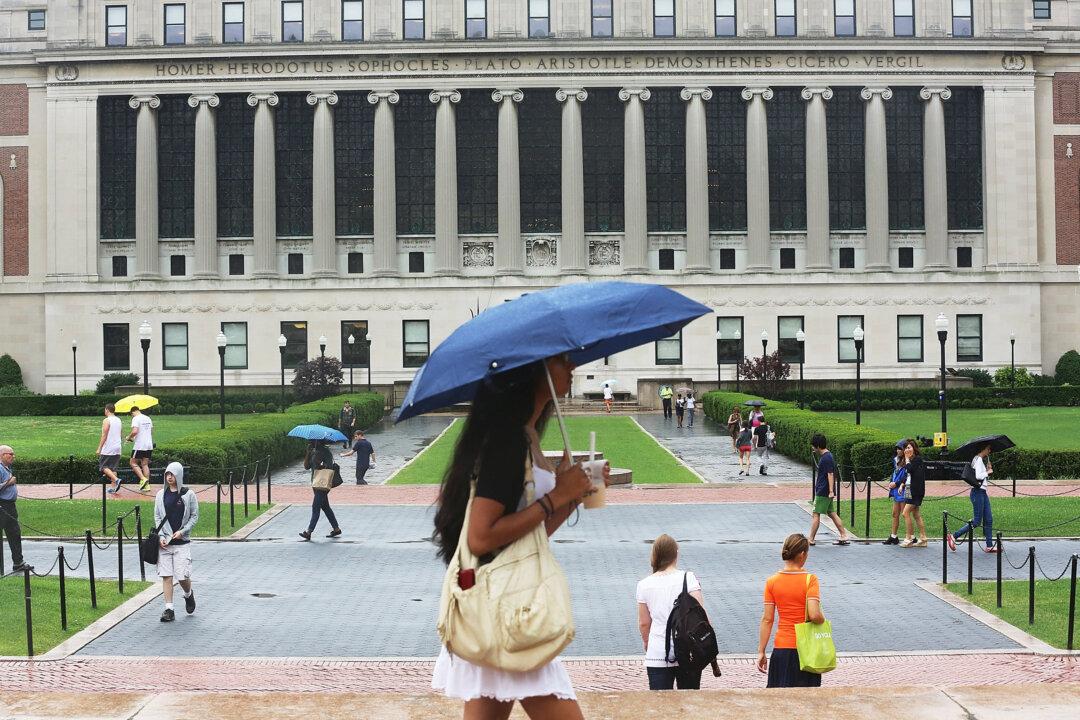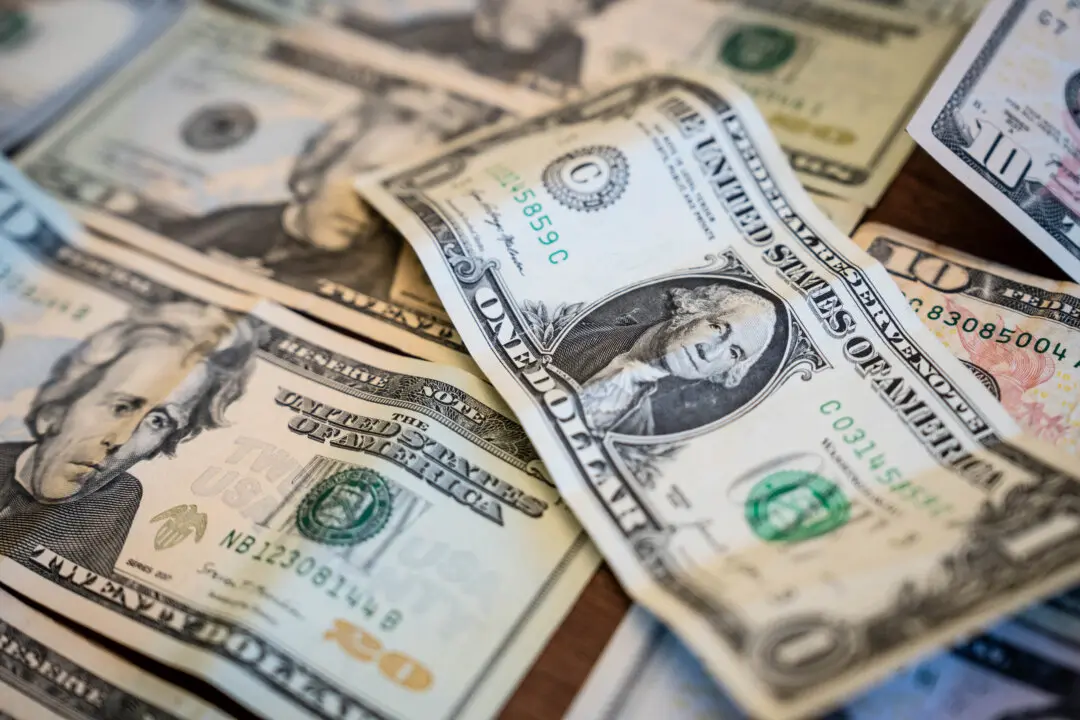A new rule proposed by the Department of Education could cost up to $361 billion over the next decade, while a separate study says President Joe Biden’s landmark student loan forgiveness plan benefits the wealthy.
The White House recently confirmed that more than 16 million people were approved for its student loan forgiveness program. Since October 2022, approximately 26 million people have applied for student debt relief. The borrowers will be approved for the aid if the initiative survives a legal challenge in the Supreme Court in February.





